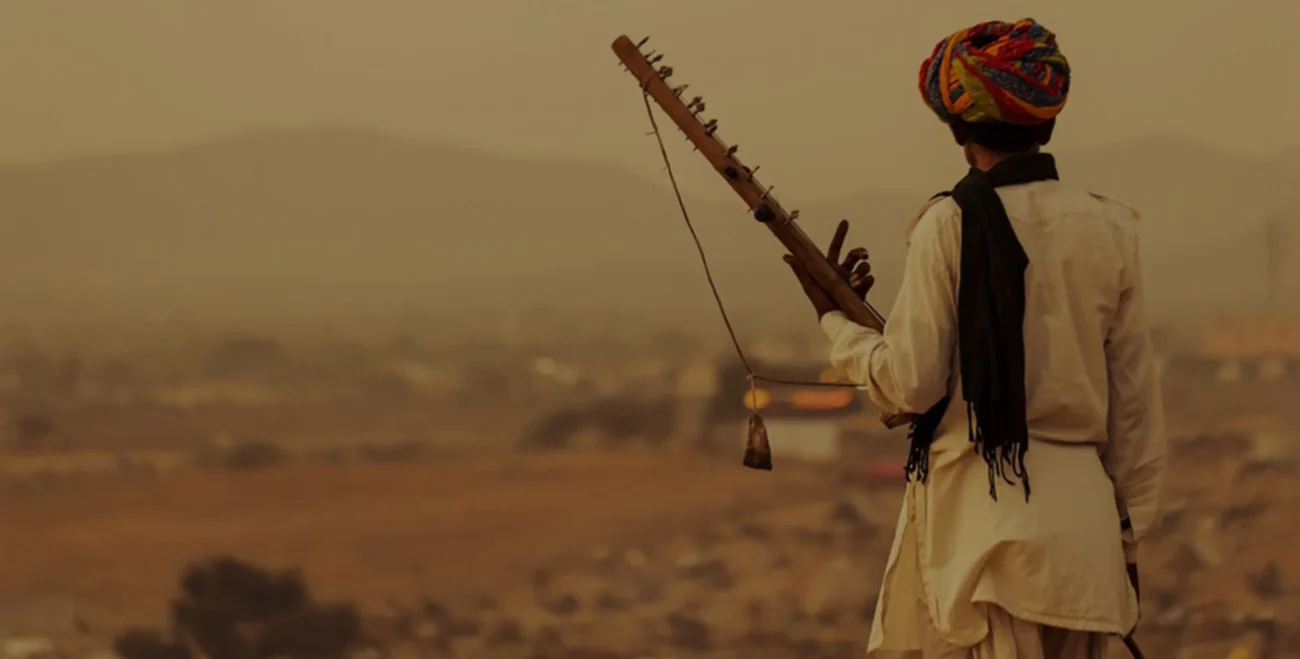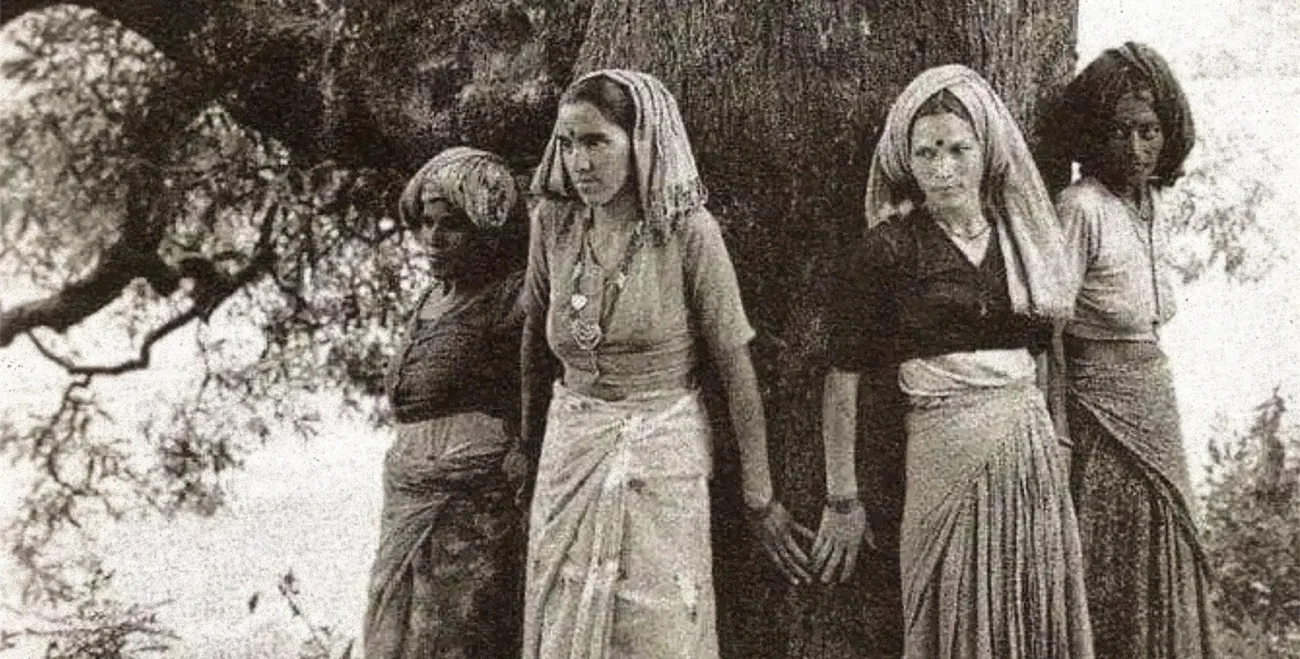
Bishnoi Village:
Bishnoi Village: Where Nature and Tradition Live in Harmony
At Budhraj Rugs, nestled in the heart of this magical land, we take pride in being among the finest manufacturers of these exquisite rugs. Our commitment to quality and fair pricing is unwavering, as we invite you to explore our home and witness first-hand the craftsmanship behind each rug. By eliminating middlemen, we ensure that you receive not only the highest quality but also the best rates.
Transform your home into a cosy haven adorned with the magical allure of Indian folklore, with durries that tell stories of tradition and craftsmanship. Come, immerse yourself in the beauty of Budhraj Rugs, where every rug is a masterpiece waiting to adorn your home.

ORIGIN OF THE BISHNOIS
The Bishnoi sect was founded by Guru Jambheshwar (b. 1451) in the aftermath of wars between Muslim invaders and local Hindus. He established 29 principles for the sect, with ‘Bish’ meaning 20 and ‘noi’ meaning 9, hence Bishnoi translates to ‘Twenty-niners.’ The principles included bans on killing animals and felling trees. Before his death, Guru Jambheshwar declared that the blackbuck was his manifestation and should be conserved. The Khejri tree (Prosopis cineraria) is also considered sacred by the Bishnois.
ORIGIN OF THE BISHNOIS

The Bishnoi sect was founded by Guru Jambheshwar (b. 1451) in the aftermath of wars between Muslim invaders and local Hindus. He established 29 principles for the sect, with ‘Bish’ meaning 20 and ‘noi’ meaning 9, hence Bishnoi translates to ‘Twenty-niners.’ The principles included bans on killing animals and felling trees. Before his death, Guru Jambheshwar declared that the blackbuck was his manifestation and should be conserved. The Khejri tree (Prosopis cineraria) is also considered sacred by the Bishnois.
LOVERS OF WILD ANIMALS
Bishnois are strong lovers of wild animals. It is because of their protection that in Bishnoi dominated areas, deer and antelope(such as blue bulls, black bucks, chinkaras and chowsinghas) are seen grazing peacefully in their fields.
LOVERS OF WILD ANIMALS
Bishnois are strong lovers of wild animals. It is because of their protection that in Bishnoi dominated areas, deer and antelope(such as blue bulls, black bucks, chinkaras and chowsinghas) are seen grazing peacefully in their fields.

AMRITA DEVI AND THE KHEJARLI MASSACRE
The origins of the Chipko movement can be traced back to the Bishnois. On a Tuesday in 1730 A.D. (the 10th day of Bhadrapad according to the Indian lunar calendar), Amrita Devi, a Bishnoi woman, and her three daughters (Asu, Ratni, and Bhagu Bai) were at home in the village of Khejarli when they learned that men sent by Maharaja Abhay Singh of Jodhpur had arrived to fell Khejri trees. The village, named after the abundant Khejri trees, was targeted for its greenery in the Thar Desert, as the king needed wood to burn lime for his new palace.
AMRITA DEVI AND THE KHEJARLI MASSACRE

The origins of the Chipko movement can be traced back to the Bishnois. On a Tuesday in 1730 A.D. (the 10th day of Bhadrapad according to the Indian lunar calendar), Amrita Devi, a Bishnoi woman, and her three daughters (Asu, Ratni, and Bhagu Bai) were at home in the village of Khejarli when they learned that men sent by Maharaja Abhay Singh of Jodhpur had arrived to fell Khejri trees. The village, named after the abundant Khejri trees, was targeted for its greenery in the Thar Desert, as the king needed wood to burn lime for his new palace.
THE MARTYRDOM OF AMRITA DEVI
Amrita Devi protested against the Maharaja’s men who were attempting to cut green trees as it was prohibited according to Bishnoi principles. The malevolent feudal party told her that if she wanted the trees to be spared, she would have to give them money as bribe. She refused to acknowledge this demand and told them that she would consider it as an act of insult to her religious faith and would rather give away her life to save the green trees. It is at that stage she spoke these words: Sar santey rookh rahe to bhi sasto jaan (If a tree is saved even at the cost of one’s head, it’s worth it). Saying these words, she offered her head. The axes, which were brought to cut the trees, severed her head. The three young girls Asu, Ratni and Bhagu were not daunted, and offered their heads too.
THE MARTYRDOM OF AMRITA DEVI
Amrita Devi protested against the Maharaja’s men who were attempting to cut green trees as it was prohibited according to Bishnoi principles. The malevolent feudal party told her that if she wanted the trees to be spared, she would have to give them money as bribe. She refused to acknowledge this demand and told them that she would consider it as an act of insult to her religious faith and would rather give away her life to save the green trees. It is at that stage she spoke these words: Sar santey rookh rahe to bhi sasto jaan (If a tree is saved even at the cost of one’s head, it’s worth it). Saying these words, she offered her head. The axes, which were brought to cut the trees, severed her head. The three young girls Asu, Ratni and Bhagu were not daunted, and offered their heads too.
THE KHEJRALI MASSACRE
When news of tree felling spread, Bishnois from Khejrali and nearby villages gathered. Following the sacrifice of Amrita Devi and her daughters, the royal party continued cutting trees. Bishnois decided that one volunteer would sacrifice their life for each tree felled. Initially, elderly people embraced the trees, but soon young men, women, and children joined. The resistance shook the tree-felling party, who reported back to the Maharaja. He then ordered the felling to stop. By then, 363 Bishnois had become martyrs.
Traditional Pottery Making
In Bishnoi Village, pottery is a celebrated tradition reflecting the rich cultural heritage of the region. Skilled artisans shape clay into exquisite pieces, showcasing generations of craftsmanship.
Join us for pottery demonstrations to watch these talented artisans at work. Feel adventurous? Try your hand at pottery with expert guidance. Immerse yourself in this ancient art form and gain a newfound appreciation for the craft. Whether observing or participating, the experience promises to be educational and inspiring.
TREE FELLING BANNED
Honouring the Bishnoi community’s courage, Maharaja Abhay Singh apologized and issued a royal decree engraved on a copper plate:
1. Cutting green trees and hunting animals within Bishnoi village boundaries was strictly prohibited.
2. Violators would be prosecuted by the state and face severe penalties.
3. Even the ruling family was forbidden from shooting animals near Bishnoi villages.
Although the Bishnois paid a high price, their sacrifice inspired many to protect trees and wildlife. Amrita Devi’s words, ‘If a tree is saved even at the cost of one’s head, it’s worth it,’ embody their spirit. She and her three daughters, Asu, Ratni, and Bhagu, offered their lives to save the trees.
AMRITA DEVI AND THE KHEJARLI MASSACRE
Honouring the Bishnoi community’s courage, Maharaja Abhay Singh apologized and issued a royal decree engraved on a copper plate:
1. Cutting green trees and hunting animals within Bishnoi village boundaries was strictly prohibited.
2. Violators would be prosecuted by the state and face severe penalties.
3. Even the ruling family was forbidden from shooting animals near Bishnoi villages.
Although the Bishnois paid a high price, their sacrifice inspired many to protect trees and wildlife. Amrita Devi’s words, ‘If a tree is saved even at the cost of one’s head, it’s worth it,’ embody their spirit. She and her three daughters, Asu, Ratni, and Bhagu, offered their lives to save the trees.
More Stories...

Founder
From Village Looms
to Global Homes

About Company
Weaving Tradition, Crafting
Heritage Since 1992

The Bishnoi Village
Where Nature and Tradition
Live in Harmony

Craftsmanship
Timeless Traditions,
Crafted by Hand




